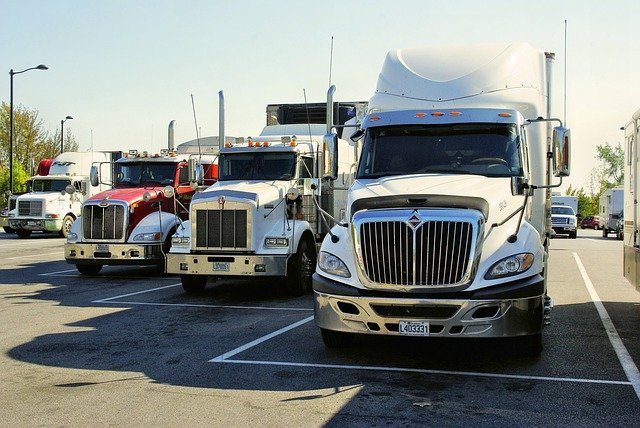Telematics is now very popular in the fleet businesses. It was coined about a decade ago when fleets started using IT and communication together to access vehicle data in real-time. The goal was to quickly access the data that is collected and stored in telecommunication devices.
Today, this technology has evolved. Fleet managers can control vehicles while they are on the move and can make quick decisions that are backed by data at any time.
The Role of GPS in Telematics
GPS technology is the main pillar behind telematics in fleet companies. It was among the first successful solutions in this category. It shows the current location of the vehicle, monitors traffic, and maps the best routes for use. But GPS also helps to track vehicles that have been stolen.
GPS devices are fitted in all vehicles and made live through wireless communication radio. It will get coordinates from the satellite in space and transmit them to a remote location where they can be accessed by managers. Today, GPS technology is merged with the internet for more accurate positioning and many more functionalities.
The Role of Internet in Telematics
Today, it is typical to have internet in vehicles, especially CMVs, buses, and trucks. Although many people think that it is solely for the passengers, the internet provides a platform for vehicles to communicate with remote devices in real-time. E-log devices, smart GPS cameras, and automatic passenger counters rely on this internet to transmit their data in real-time to the managers.
That is why drivers are equipped with smart devices that connect to the internet for collaboration. This is all about telematics.
How to Get Started
The best internet to use is provided by mobile service providers. They will give you a modem and SIM card to allow communication via cellular networks. When choosing the service provider, make sure that they have network coverage on all of the routes used by your tracks and vehicles. Of course, there will be some downtime here and there, but the disruption should not be persistent.
Fleet managers get connected via the internet, but they use solutions that are provided by Eyeride and other reliable suppliers to communicate with the devices, which could include features such as GPS tracking, e-log devices, smart GPS cameras, automatic passenger counters, and even radio hire for better communication between drivers and managers. They can see all vehicles on a single dashboard. From here, they can communicate back to each of the vehicles with the relevant information that they need to pass.
Benefits of Telematics in Fleet Management
So, far, this technology has been a game-changer in the fleet industry. These companies are reaping many benefits, especially if they have embraced all of the current telematics technology.
Studies have shown that companies have greatly increased their productivity and managers can take charge of operations of all vehicles when they are on move. For instance, managers can advise the optimum routes because the GPS monitors traffic.
On the other hand, drivers can call for help when they are attacked and the police will track the vehicle quickly through the GPS device or smart cameras that are also connected to the GPS.
Conclusion
Telematics is a great solution that all fleet companies should adopt today. Although they can be expensive to install, especially if you have many vehicles, the benefits outweigh the costs.
